Some guns are sized just right for IWB carry. I’ve got several guns I train with and carry daily, in some semblance of rotation that often corresponds to the weather and how much extra clothing I’m wearing for concealment. As the weather turns cold, I tend to carry my Glock 45 more – and that’s a natural fit for me with an IWB holster – but I’ve almost always got a .38 or a .380 in my front pocket.
The Benefits of Pocket Carry
Why pocket carry? Small guns are hard to carry in some traditional holsters. While the Smith & Wesson J-frame .38s are actually a good size for IWB, and there are numerous ways to carry IWB, there are times when you aren’t going to want to wear a rigid belt or a shirt that will provide the concealment needed to keep an IBW from printing.
T-shirts. Shorts. For those of us who live in hot environments, having a quick, reliable way to keep a gun close and secure is a complicated process. As one who tends to shift carry guns during the hotter months, I’m a big fan of the versatility of the Sticky holster and how it allows for easy hot-weather EDC.
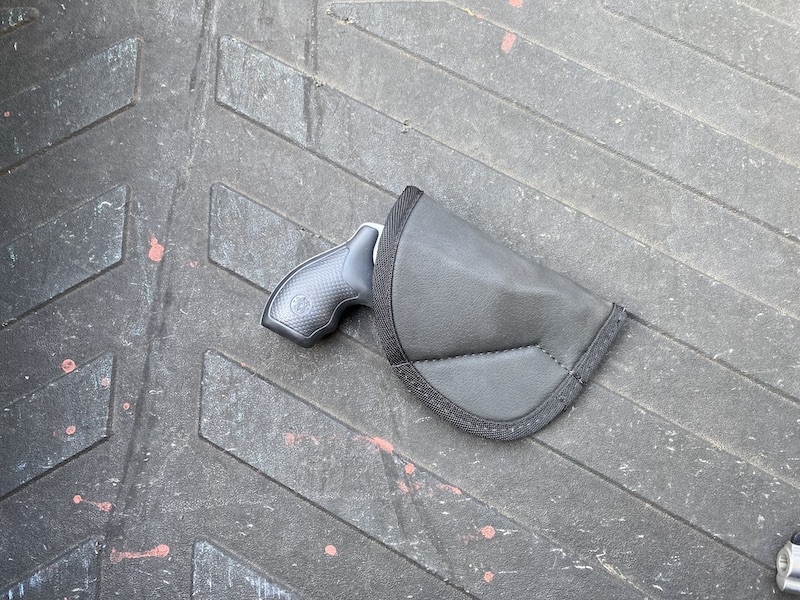
Even when I’m home, like I am now as I write this – kicking around in clothes my wife wouldn’t let me wear in public – I’ll often have a .380 tucked in a pocket.
Training with a Pocket Holster
There are some nuances to the front-pocket holster and Sticky Holsters. Getting one set in the pocket is key, but then you’ll need to work on the draw—getting that dominant hand into the pocket quickly, navigating the design of the pocket itself, and then finding a solid shooting grip on the gun.
Remember here the old monkey traps. Get a heavy bottle with opening just wide enough for the monkey to get his hand inside, and bait the bottle with a banana. The monkey will stick one arm in, and grab the banana, but then won’t be able to pull his arm back out (because he won’t let go of the banana.
If you grab the grip inside a tight pocket, you may well have issues with the draw. Keep your finger off the trigger until you’ve cleared both the holster and the pocket.
To practice, make the gun safe (and be sure you are in a safe place) and then begin with your hand in the pocket, on the gun. This will mimic that completely relaxed posture and immediately let you know how fast you’ll be able to clear the pocket. With the gun unloaded, you can work on these movements and see where you need work.
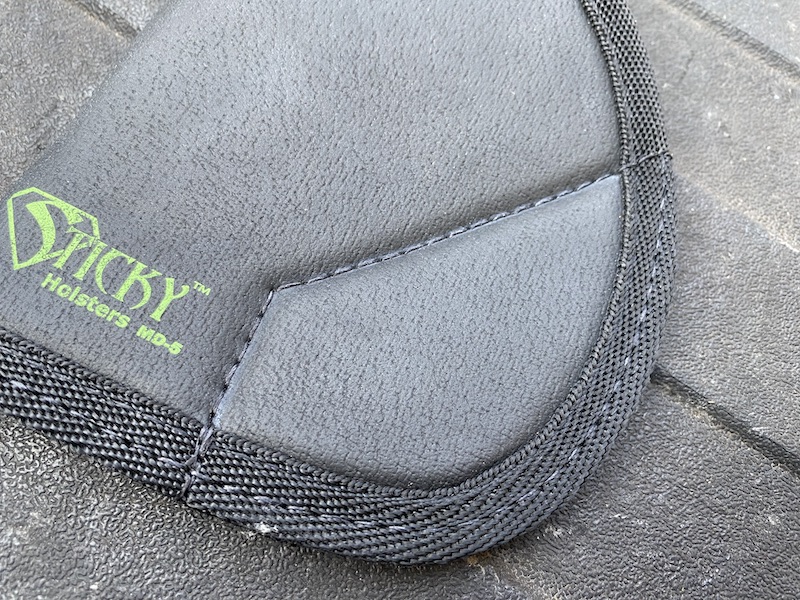
Then repeat the same drills, but begin with the hands out of your pockets. There’s a difference in the movement required, and it won’t be as fast, but it can still be a reliable way to get to the gun quickly.
Time Yourself
Getting a solid understanding of your time-to-target with a pocket holster will require a bit of comparison. If you regularly carry IWB, go to the range with both holsters. Use a shot timer to get a feel for where you are when you start – as a baseline.
Work from both holster positions. Vary your hand placement for the pocket holster and see how staging readiness speeds up your shot. In fact, if you have the holsters to work with, time yourself from low-ready (this should be your fastest time), from an OWB holster, an IWB, and then from a pocket.
The Dangers of Pocket Carry
There are, of course, the obvious dangers that exist with any gun in any holster. Duly noted. Any time you have a gun in your pocket (and I know several people who carry guns in pockets WITHOUT holsters), you have to be extra careful about the trigger.
Even when carrying a Sticky Holster, I’d highly suggest that the holster and gun be the only two things in your pocket. No keys, cell phone, knives, loose change, fidget spinners… You don’t want to reach for anything else in this pocket and find the gun, instead. You also don’t want to need the gun and come out of the pocket with a bunch of other junk.
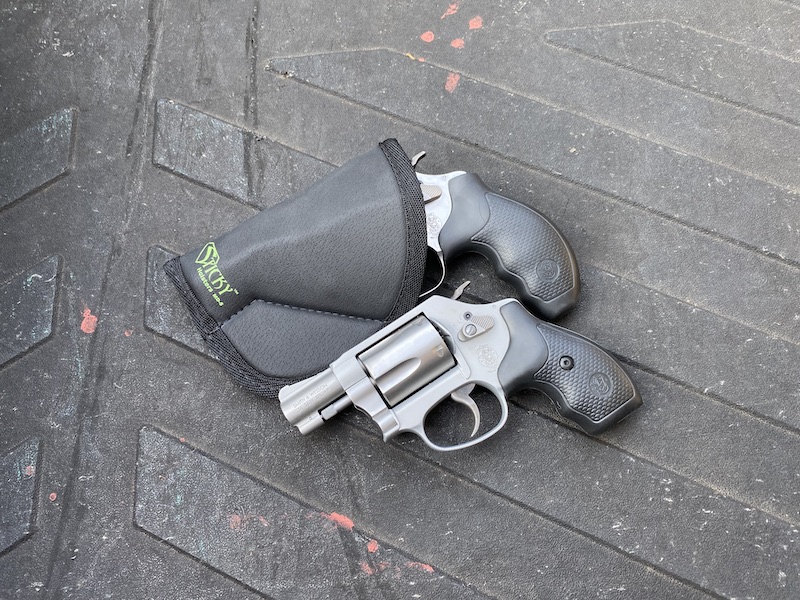
While it is less of a danger, there is always the possibility of pocket lint and other debris gumming up the works. Keep the gun clean. Keep your pockets clean.
Sticky Holsters
I can’t say for sure that Sticky Holsters was the very first to apply a slightly tacky outer finish to a holster to get it to stick to fabric and skin, but they’re sure being copied by everyone now. As a long-time review writer, I was one of the early adopters of the Sticky phenomenon and can remember when these were targeted as IWB holsters.
You can still wear these IWB—and some do with full-size guns. I’ve done it, but—even though the holster didn’t shift or move and behaved as advertised—I’ve always gravitated to the kydex appendix-carry IWBs with two clips and a solid rigid structure.
How does the Sticky Holster hold the gun?
Cut-and-sew nylon holsters simply approximate the shape of the gun and wrap it up, covering the trigger guard, slide, and the rest of the gun. The inside is padded, slightly, and soft.
The outside is covered in a thin layer of material that has an almost rubberized feel. It is grabby. Tacky. Sticky, even—but not like that Blow-Pop your kid dropped into the cavernous void between the center console and the seat.
This outer layer, when it touches skin or fabric, grabs hold. It is a solid system that will break-in more over time, molding itself more to the shape of the gun. I’ve carried this J-frame holster many times this past summer, and it works exceptionally well.
There’s nothing other than a bit of friction and gravity holding it down, though, so don’t judge the fit until you have it in your pocket.
While the J-frame is relatively new to me, I’ve carried both a Ruger LCP and a Kel-Tec P3AT in a Sticky for years with no complaint.
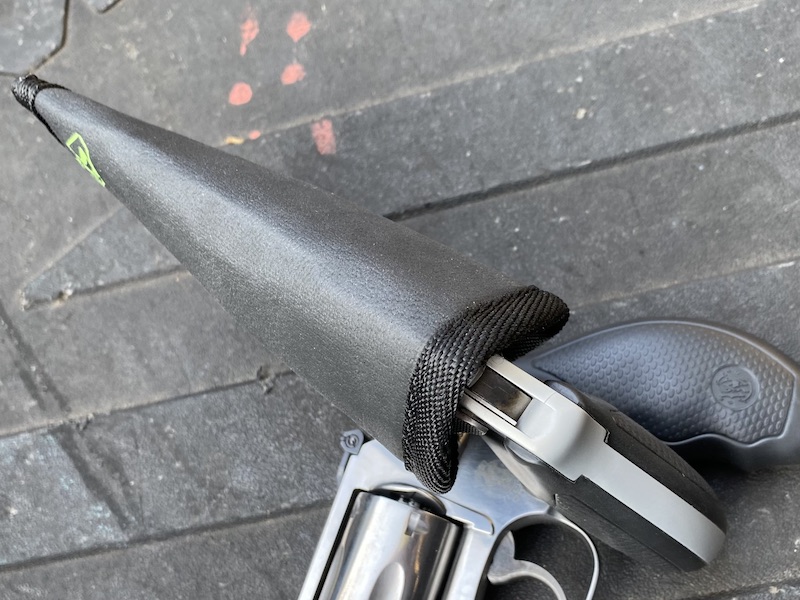
Are there thinner holster designs?
There are thinner guns. This class of holster—the cut-and-sew pocket holster—isn’t as thin as some of the leather options out there. And while I acknowledge there is a place for a simple nylon holster, I tend to avoid them (unless—like this one—they have the Sticky Holster stick).
If the J-frame cylinder prints too much for pocket carry (and I can see how that might be the case for some skinny people wearing skinny jeans), look for another option. The .380—in its best configurations—is comparable to the .38 Special. But there are solid single-stack 9mms that are perfect for pocket carry.
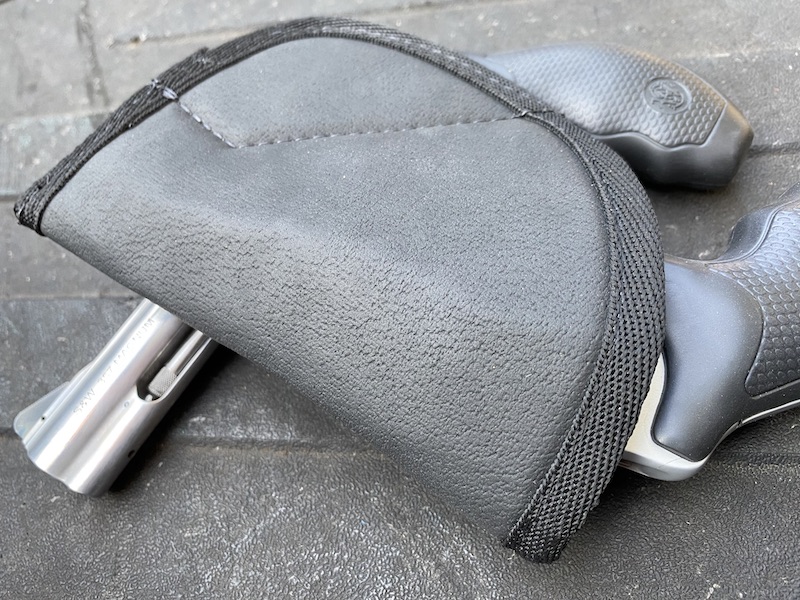
As capacity is an issue, I’d suggest carrying a spare mag or a speed strip for a wheel gun. Reloading a revolver under stress sucks, but it is better to have what you need than to run dry. For those carrying a spare mag—I’d suggest an in-pocket mag carrier, too, like the Sticky Holsters Mini Magazine Sleeve or the SnagMag.
Sticky Holsters are priced higher than the base-line import somewhat slippery nylon holsters. The benefit, though, is well worth the modest price increase.


